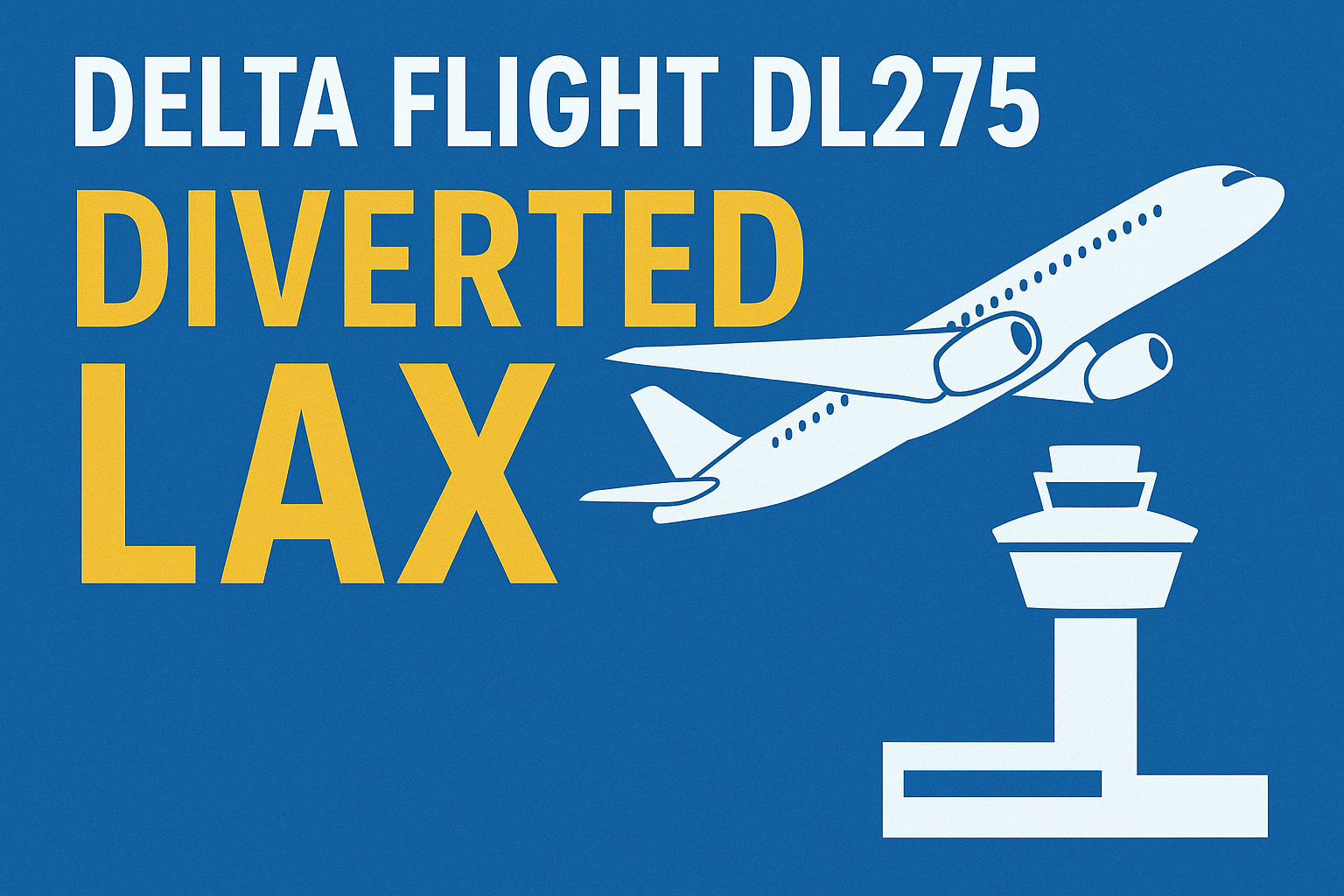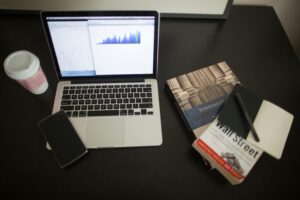Understanding Camyentruoc: A Closer Look at Prohibiting Beforehand
Introduction
The term “camyentruoc” is a word that sounds both firm and cautious, and when you break it down, it refers to forbidding something before it ever happens. It is not just a word; it is a mindset that carries with it a sense of urgency mixed with careful thought, a desire to prevent trouble before it even has a chance to breathe.
Some cultures place more weight on reacting to events after they happen, but camyentruoc is rooted in the opposite approach, looking ahead, spotting the signs early, and shutting the door before unwanted things come through. This idea is present in laws, community rules, and even the unspoken codes people follow on a daily basis.
The Roots of the Word
Vietnamese is a language rich in meaning, where small changes in tone and structure can alter the whole idea. Cam relates to forbidding, banning, or stopping something. Truoc means “before” or “in advance.” Put them together and you get a phrase that doesn’t just suggest prevention it demands it.
The word itself reflects a cultural habit of thinking ahead. Imagine a farmer looking at the sky, sensing rain before the clouds gather, and taking action to protect the harvest. That’s the essence hidden in the syllables of camyentruoc.
LZ8948391235932AU – The Story Behind an Australian Tracking Code
Where the Concept Shows Up
Legal and Governmental Context
Governments often lean on the camyentruoc approach when dealing with potential problems. If a new technology appears that might harm public health, authorities may pass laws to control or limit it before it becomes common. It’s not about waiting to see what happens it’s about making sure the worst never arrives.
Public safety rules, environmental protections, and even building codes can carry the spirit of camyentruoc. Whether it’s banning unsafe materials before they cause injuries or restricting activities that might damage fragile ecosystems, the goal is always to act early.
Everyday Life
It’s not only lawmakers who practice camyentruoc. Parents use it when setting curfews to keep their children safe. A shop owner might refuse to sell certain products to avoid future disputes. Even in friendships, someone might stop a plan before it starts if they sense it could lead to conflict.
This everyday use turns camyentruoc into more than a legal term it becomes a natural part of decision-making.
Why Acting Early Matters
If you think about it, a lot of problems in life start small. A single bad habit, a tiny leak in a roof, a warning ignored each can grow into something bigger and harder to fix. Acting before trouble starts isn’t just about control; it’s about avoiding unnecessary pain later.
Camyentruoc also ties into the idea of responsibility. It’s not enough to say, “I’ll deal with it when it happens.” Sometimes the moral thing is to prevent harm entirely, even if it means making uncomfortable decisions now.
Practical Ways It’s Applied
- Public Health: Restricting harmful substances before they spread.
- Business Planning: Setting limits to prevent financial risks.
- Community Rules: Establishing guidelines to avoid disputes.
- Personal Life: Making choices that steer clear of foreseeable trouble.
In each of these, camyentruoc is less about fear and more about foresight. It’s like putting on a seatbelt before you even start the car not because you expect an accident, but because you value safety enough to prepare for the worst.

The Benefits
The obvious benefit is prevention. Stopping a problem before it begins usually costs less in time, money, and emotional energy. It also builds trust. People feel safer when they know someone is watching ahead and taking action to protect them.
There’s also the quiet benefit of peace of mind. When you know potential trouble has been considered and managed, you can focus on living rather than constantly worrying about “what if.”
The Challenges
Of course, there’s another side to the coin. Acting too early or too strictly can feel like overreach. It can limit creativity or personal freedom. People might push back against rules they see as unnecessary.
This is where balance comes in. The spirit of camyentruoc works best when it’s guided by fairness and flexibility. Prevention shouldn’t become a cage it should be a shield that you can set down when the danger passes.
A Global Perspective
While camyentruoc is a distinctly Vietnamese phrase, its heartbeat is found everywhere. In European policy circles, there’s something called the “precautionary principle.” In finance, risk-averse strategies serve a similar role. Indigenous cultures around the world have long practiced forms of preemptive protection, often rooted in deep respect for the land and community.
The difference lies in emphasis. Camyentruoc carries a personal and cultural weight, linking prevention not just to policy or profit, but to everyday moral responsibility.
Closing Thoughts
At its core, camyentruoc isn’t just a word you translate it’s a way of thinking. It’s the quiet decision to close the window before the storm hits. It’s the wisdom to plant strong supports before the winds rise. It’s the courage to say “no” today to protect the future.
In a world that often reacts too late, this simple Vietnamese concept reminds us that sometimes the most powerful action is the one taken before the danger even appears.
Frequently Asked Questions about Camyentruoc
Q: What does the term camyentruoc literally mean?
It comes from Vietnamese, where cam means “to forbid” and truoc means “before” or “in advance.” Together, they describe the act of prohibiting something before it happens.
Q: Is camyentruoc used only in legal contexts?
No, while it’s common in legal and governmental settings, people also use it in daily life. It can be part of personal decisions, business planning, or community rules.
Q: How is camyentruoc different from simply making a rule?
A standard rule might respond to an existing problem, but camyentruoc is about preventing that problem from appearing in the first place. It’s a forward-looking approach.
Q: Are there any downsides to using camyentruoc?
Yes. If applied too strictly, it can limit creativity, personal freedom, or innovation. That’s why it works best when balanced with fairness and flexibility.
Q: Does this idea exist in other cultures?
Definitely. Similar concepts appear worldwide, like the “precautionary principle” in environmental law or risk-avoidance strategies in business. The Vietnamese term, though, carries its own cultural nuance.
Q: Can camyentruoc be applied in personal life?
Absolutely. From avoiding unhealthy habits to planning ahead for possible challenges, individuals can use this mindset to make better decisions.








Post Comment